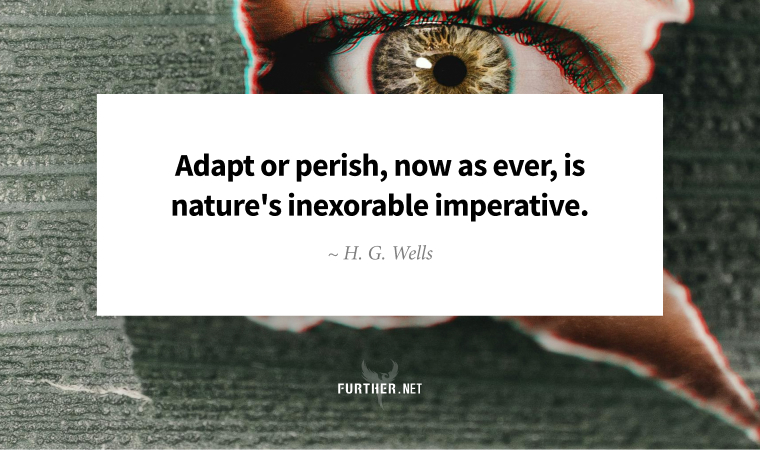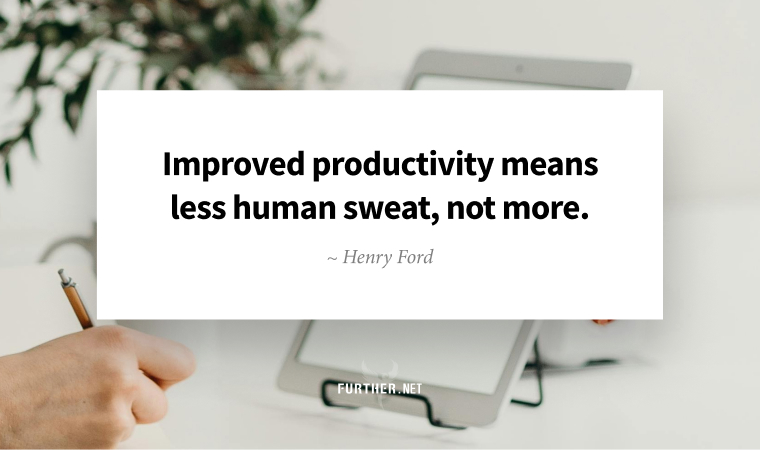
It was the best of times, it was the worst of times.
On one hand, people are living longer lives. And with just some basic attention to healthy aging principles, Generation X could live much longer than expected.
This means we have to work longer. That’s a fair tradeoff… assuming we’re able to do work that provides us with meaning and purpose along with a paycheck.
And while employers seem to realize that they need to retain older workers for longer with concepts like flextirement, there’s a different problem.
And that’s Gen Xers staying employed from age 50 to 65 in the first place:
Ageism has long been a concern in the job market, but the confluence of mass layoffs, post-pandemic economic uncertainty and rapid technological change – including the emergence of AI – is hitting Gen Xers particularly hard.
This brings us back to a reality that we unfortunately cite over and over – data reveals that once you’re over 50, odds are the decision to leave your job won’t be yours. Although age discrimination is illegal, companies use layoffs and coerced “early retirement” to shed themselves of older employees.
The new justification for hiring younger works is the same old false story – young people are “better” with technology. The fact that they’re saying that about the generation that produced the founders of Netscape, Google, MySpace, PayPal, YouTube, eBay, Twitter, Dell Computer, and Tesla makes it extra hilarious.
No, younger workers are just cheaper. That’s it. And it’s shortsighted to think a kid armed with AI can replicate the wisdom and experience that a 50-something has developed during their career.
So once again, we’ll adapt. Because your wisdom and experience (armed with AI) in your own gig can do some seriously amazing things.
Further reading:
‘Gen X Has Had to Learn or Die’: Mid-Career Workers are Facing Ageism in the Job Market (BBC)
Keep going-
Mind on Your Meal
Mindful eating can help you enjoy eating, lose weight, and improve your relationship with food. Try these five tips to make your mealtimes more mindful.
5 Mindful Eating Techniques for a Healthier Relationship With Food (Greatist)
Like We Have a Choice
Author Maggie Jackson argues that there are many benefits to allowing ourselves to be unsure about what’s happening or what will happen. Embracing uncertainty is tied to easier learning, better decision making, responding well in a crisis, improved mental health, and warmer social relationships
How Embracing Uncertainty Can Improve Your Life (Greater Good)
Sounds Good in Theory
“A so-called phased retirement can help near-retirees reduce their workload and stress while still earning income and maintaining workplace connections, and businesses can continue to benefit from their years—or even decades—of experience.”
Boomers and Gen Xers are Betting on a Retirement ‘Mega-Trend’ that Could Transform the Workforce (Fortune)
Living the Dream
We’ve made the case for taking a midlife gap year in the past, and I actually took one in 2018/2019. What will really bake your noodle, though, is when you realize it can be cheaper to perpetually travel the world than to live in the U.S. – as long as you can work from anywhere.
‘Midlife Gap Year Was Cheaper than Living at Home – And It Was the Best Year of My Life’ (The Telegraph)
P.S. New to Further? Join us here.
Work Less, Do More

By Trudi Roth
It shouldn’t surprise you that, much like retirement, the 40-hour workweek is an outdated construct. So, while there’s yet another governmental push to rethink that, do we really have to wait to see how that goes?
After all, rigid expectations around work hours and productivity isn’t just legislatively dictated — we can do a number on ourselves without outside intervention. As Robert Frost once astutely noted:
By working faithfully eight hours a day you may eventually get to be boss and work twelve hours a day.
I can tell you from experience that solopreneurs are the worst that way. My boss puts me through the wringer with productivity hacks like time boxing, and she still constantly tells me I don’t get enough done.
There has to be a more painless way to get more done in less time. Enter productivity expert and author of Four Thousand Weeks: Time Management for Mortals Oliver Burkeman and his 333 Technique.
Gimme Three Steps
Burkeman, much like the rest of us fallible humans, reports only having mild success with most daily productivity methods, so he created the 333 Technique by blending the best from several approaches:
- Spend three hours working on your most important project.
- Complete three shorter tasks (i.e., calls, meetings, urgent to-dos).
- Perform three maintenance activities, which are things that keep your life running smoothly (i.e., exercising, journaling, replying to emails).
Clearly, this isn’t a comprehensive list of everything you aim to complete in a day. But that’s precisely Burkeman’s point:
It’s just an effort to pick a handful of things that matter and to try to ensure that no matter how else today pans out, those things get done.
From the vantage point of “vanaprastha” — the third stage of life that’s all about focusing on meaningful work — this sounds like a perfect productivity process.
Good Things Come in Threes
If you’re concerned that three or four hours of focused work daily isn’t enough, consider the fact that some of the world’s greatest thinkers, including Charles Darwin, Virginia Woolf, and Thomas Jefferson, and many more, subscribed to some version of the four-hour workday. And anthropologists have found that even hunter-gatherers only needed a handful of hours daily to keep everyone fed.
In a contemporary context, Burkeman’s focus on the intersection of biological boundaries and the busyness of modern life lets you escape the perfectionist hamster wheel while still ensuring steady progress.
The truly valuable skill here isn’t the capacity to push yourself harder, but to stop and recuperate despite the discomfort of knowing that work remains unfinished, emails unanswered, other people’s demands unfulfilled.
If you can accept those last three things, you’ll lead a more contented life. And that should top the list of what you’re working so hard for.
The three-or-four-hours rule for getting creative work done (Oliver Burkeman)
The 333 Technique by Oliver Burkeman on Sam Harris’ Waking Up app (here’s a free month of the app)
further: flashback

Men Without Hats – The Safety Dance
Rhythm of Youth, 1982
Two interesting facts about The Safety Dance: First, the song was written in response to lead singer Ivan Doroschuk being thrown out of a club for pogoing. Second, if you thought the band was British based on the English folk revival imagery in the video, join the club (they’re actually from Canada). (YouTube)
further: sharing
Enjoy this issue? Please forward this email with friends or share on social media.
Thank you for sharing Further!
